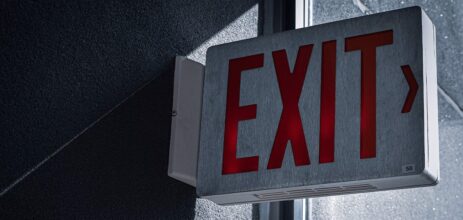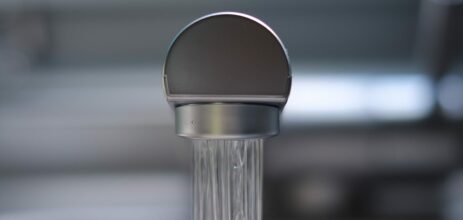
Insights

In this article, we’ll discuss the top 5 common fire sprinkler system problems and how to prevent them to keep your building safe and compliant.
1. Corrosion in Pipes
The Problem: Corrosion can develop inside fire sprinkler pipes over time, especially in wet pipe systems. This weakens the pipes and may cause leaks or blockages, reducing the system’s efficiency.
Prevention:
- Conduct regular inspections to identify early signs of corrosion.
- Use corrosion-resistant materials for pipes.
- Install nitrogen generators to minimize oxygen levels in pipes, which helps prevent rust.
2. Clogged or Dirty Sprinkler Heads
The Problem: Dust, debris, or paint can block sprinkler heads, affecting water distribution during a fire. In extreme cases, clogged heads can prevent activation altogether.
Prevention:
- Keep sprinkler heads clean and free of obstructions.
- Schedule regular maintenance to ensure proper functionality.
- Avoid painting or covering sprinkler heads.
3. Incorrect Sprinkler Head Positioning
The Problem: Misaligned or improperly placed sprinkler heads can create blind spots, leaving certain areas unprotected.
Prevention:
- Follow fire safety codes and guidelines for sprinkler head placement.
- Ensure that no furniture or decorations block the spray pattern.
- Perform periodic audits to verify proper alignment and coverage.
4. Water Pressure Issues
The Problem: Insufficient or excessive water pressure can compromise the performance of a fire sprinkler system. Low pressure may prevent adequate water flow, while high pressure can damage the system.
Prevention:
- Install pressure regulators to maintain consistent water pressure.
- Test and monitor water pressure regularly.
- Ensure the system is connected to a reliable water source.
5. Mechanical Damage
The Problem: Sprinkler pipes and heads can be accidentally damaged during renovations, routine maintenance, or by impact from equipment.
Prevention:
- Protect exposed pipes and heads with guards or cages in high-traffic areas.
- Train staff and contractors to handle equipment around the sprinkler system carefully.
- Inspect the system after construction or maintenance work.
- The Importance of Regular Maintenance.
- Routine inspections and proactive maintenance are the best ways to ensure your fire sprinkler system operates effectively when needed. Neglecting small issues can lead to costly repairs—or worse, system failure during an emergency.
Conclusion
By identifying and preventing these common fire sprinkler problems, you can keep your system in top condition and ensure the safety of your building and its occupants.



